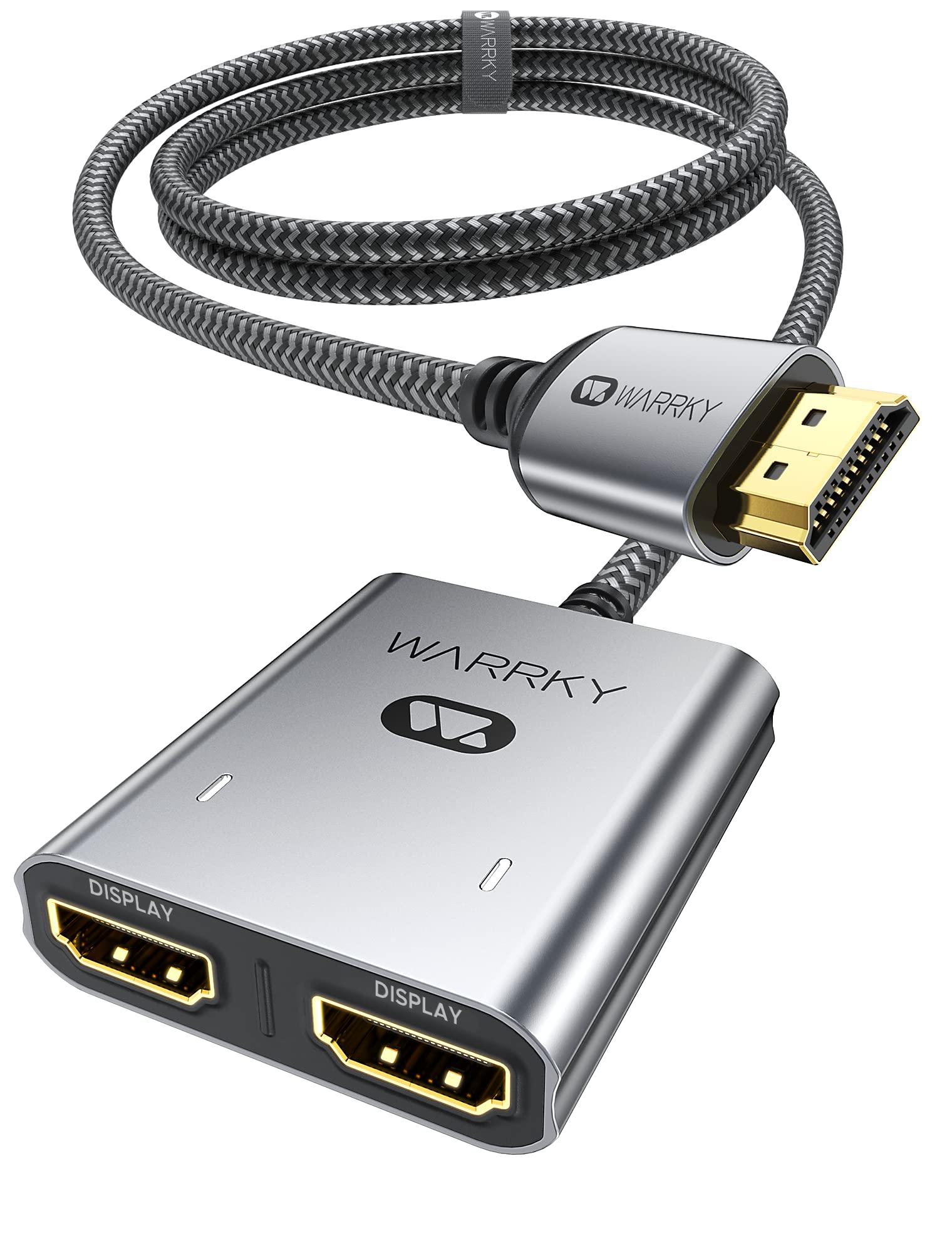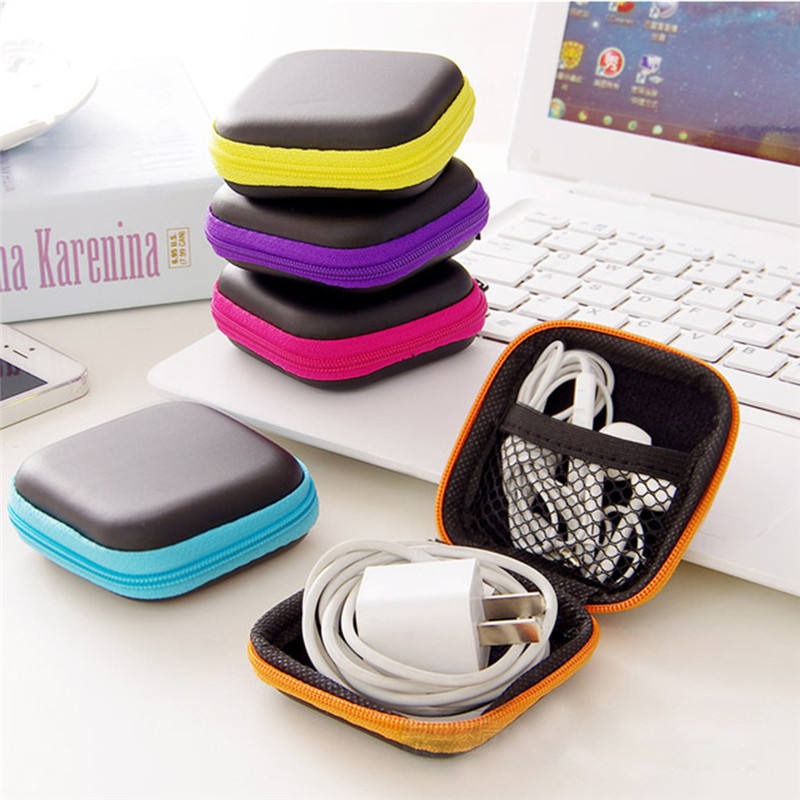Signal Loss and Degradation
One common issue with HDMI splitters is signal loss or degradation, resulting in poor image quality or intermittent display. Here are some troubleshooting tips to address this problem:
1. Check cable quality: Ensure that you are using high-quality HDMI cables that are capable of transmitting the required signal. Low-quality or damaged cables can cause signal loss or degradation. Try swapping out the cables to see if that resolves the issue.
2. Reduce cable length: Long HDMI cable runs can lead to signal attenuation. If possible, try to minimize the cable length between the splitter and the displays. If long cable runs are unavoidable, consider using an HDMI splitter with built-in signal amplification to maintain signal integrity.
3. Power cycling: Power cycling the HDMI splitter and the connected devices can sometimes resolve signal-related issues. Turn off all devices, unplug them from the power source, wait for a few minutes, and then plug them back in and power them on. This can help reset the connections and resolve any temporary glitches.
4. Update firmware: Some HDMI splitters have firmware that can be updated to address compatibility issues or improve performance. Check the manufacturer’s website for firmware updates and follow the instructions provided to update the splitter’s firmware.
Audio Issues
Audio issues can occur when using HDMI splitters, such as no sound, distorted audio, or audio syncing problems. Here are some troubleshooting tips to address audio-related problems:
1. Check audio settings: Ensure that the audio settings on the video source and the connected displays are correctly configured. Verify that the correct audio output format is selected, such as stereo or surround sound, and that the volume levels are appropriately set.
2. EDID management: Some HDMI splitters offer EDID management, which allows them to automatically detect and adapt to the capabilities of the connected displays. Enable EDID management on the splitter to ensure proper audio compatibility and synchronization.
3. Test different audio sources: Connect different audio sources to the HDMI splitter to determine if the issue is specific to a particular device. If audio works fine with one source but not with another, the problem may lie with the audio output of the device rather than the HDMI splitter.
4. Check audio cable connections: Ensure that the audio cables are securely connected to the correct audio input/output ports on both the HDMI splitter and the displays. Loose or incorrect connections can lead to audio issues.
Compatibility and HDCP Errors
Compatibility issues and High-bandwidth Digital Content Protection (HDCP) errors can prevent content playback or cause distorted visuals. Here are some troubleshooting tips to address these problems:
1. Verify HDCP compatibility: Ensure that both the HDMI splitter and the connected displays are HDCP compliant. If HDCP errors occur, it may indicate an incompatibility issue. In such cases, try using an HDCP-compliant HDMI splitter or update the firmware of the splitter if available.
2. Test different video sources: Connect different video sources to the HDMI splitter to determine if the issue is specific to a particular device. If one source works fine but another does not, it may indicate compatibility issues between the source and the HDMI splitter.
3. Disable HDCP on the video source: Some video sources allow you to disable HDCP in their settings. If you encounter HDCP errors, try disabling HDCP on the video source temporarily to test if it resolves the issue. However, note that this may affect the ability to play copy-protected content.
4. Reset HDCP handshake: Disconnect all HDMI cables from the HDMI splitter and the connected devices. Power off all devices and then reconnect them, ensuring a secure connection. This can help reset the HDCP handshake process and resolve compatibility issues.
Power and Connectivity Problems
Power and connectivity issues can prevent the HDMI splitter from functioning properly. Here are some troubleshooting tips to address these problems:
1. Power supply: Ensure that the HDMI splitter is receiving adequate power. Check the power adapter and its connection to the splitter. If possible, try using a different power outlet or a different power adapter to rule out power-related issues.
2. Check cable connections: Verify that all HDMI cables are securely connected to the HDMI splitter and the displays. Loose or faulty connections can cause intermittent connectivity issues. Also, ensure that the cables are not damaged or frayed.
3. Test different HDMI ports: If the HDMI splitter has multiple input and output ports, try using different combinations to rule out faulty ports. Sometimes, a specific HDMI port may be causing connectivity issues.
4. Factory reset: If none of the above steps resolve the problem, refer to the manufacturer’s instructions to perform a factory reset on the HDMI splitter. This will reset the device to its default settings, potentially resolving any software or configuration-related issues.










